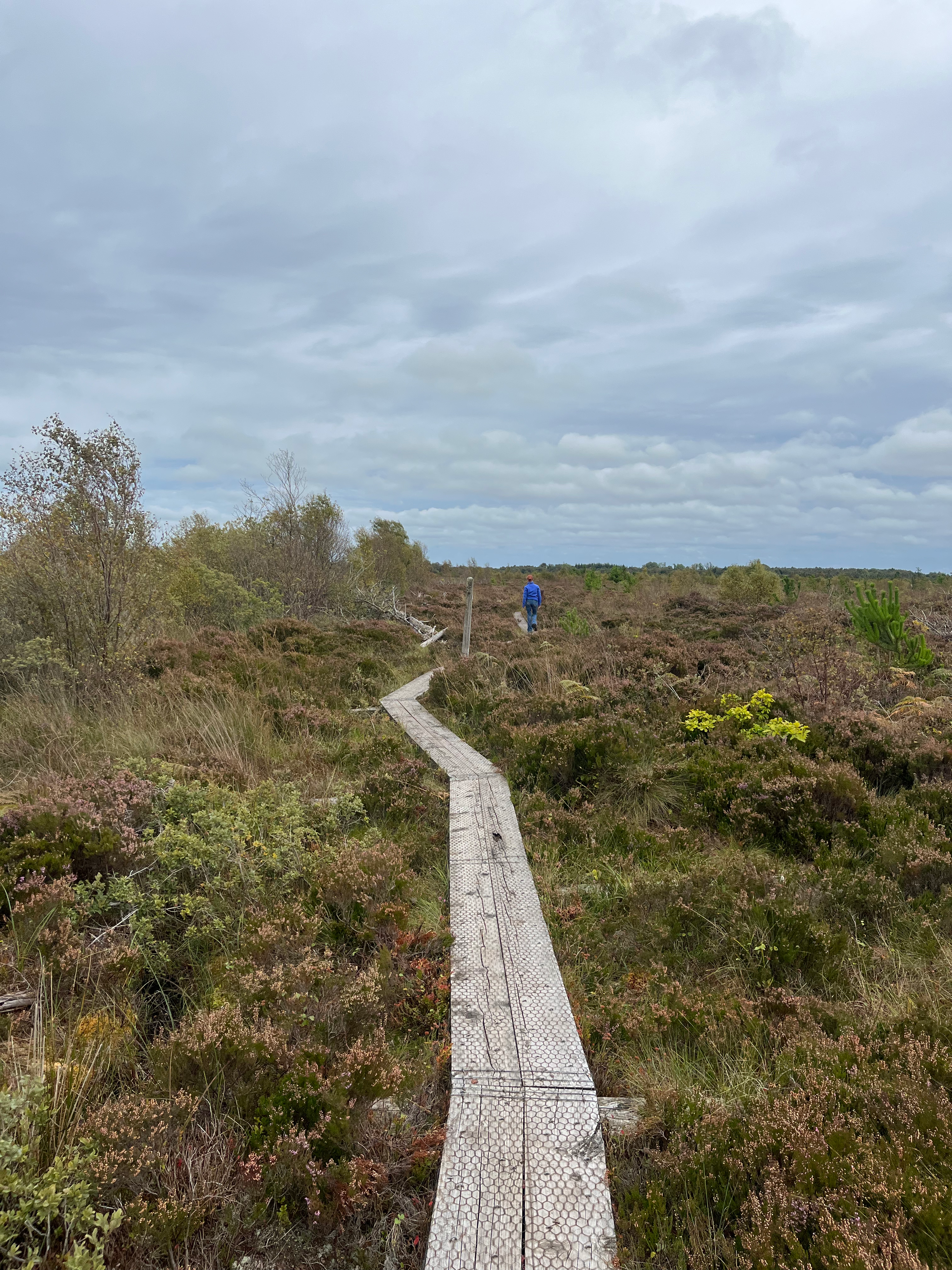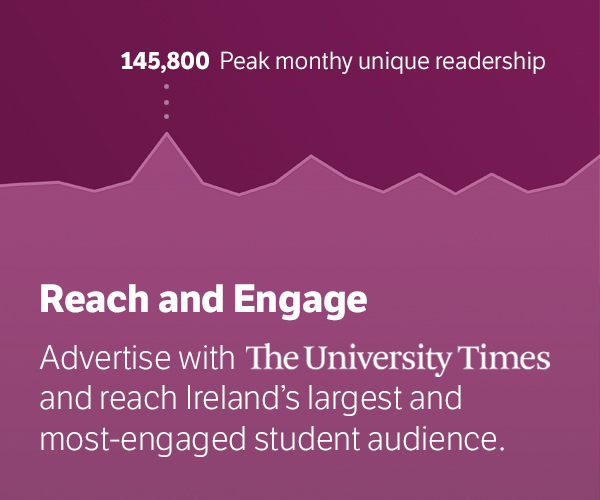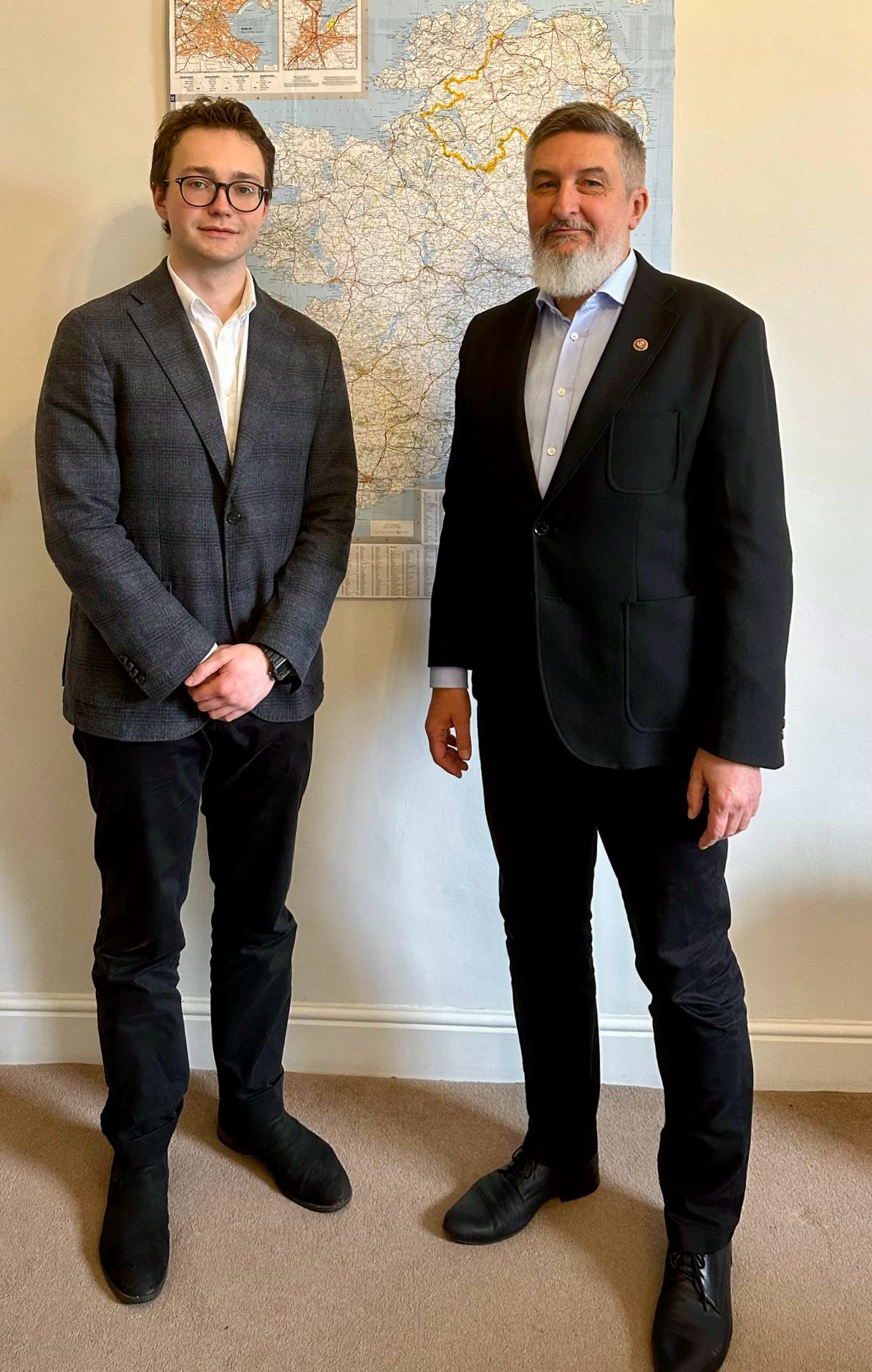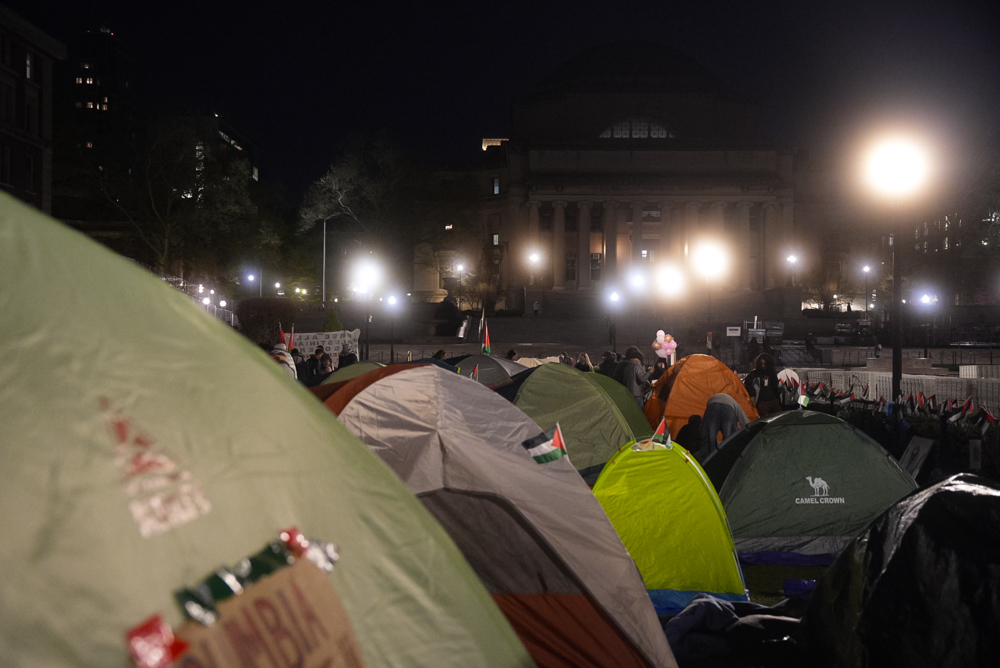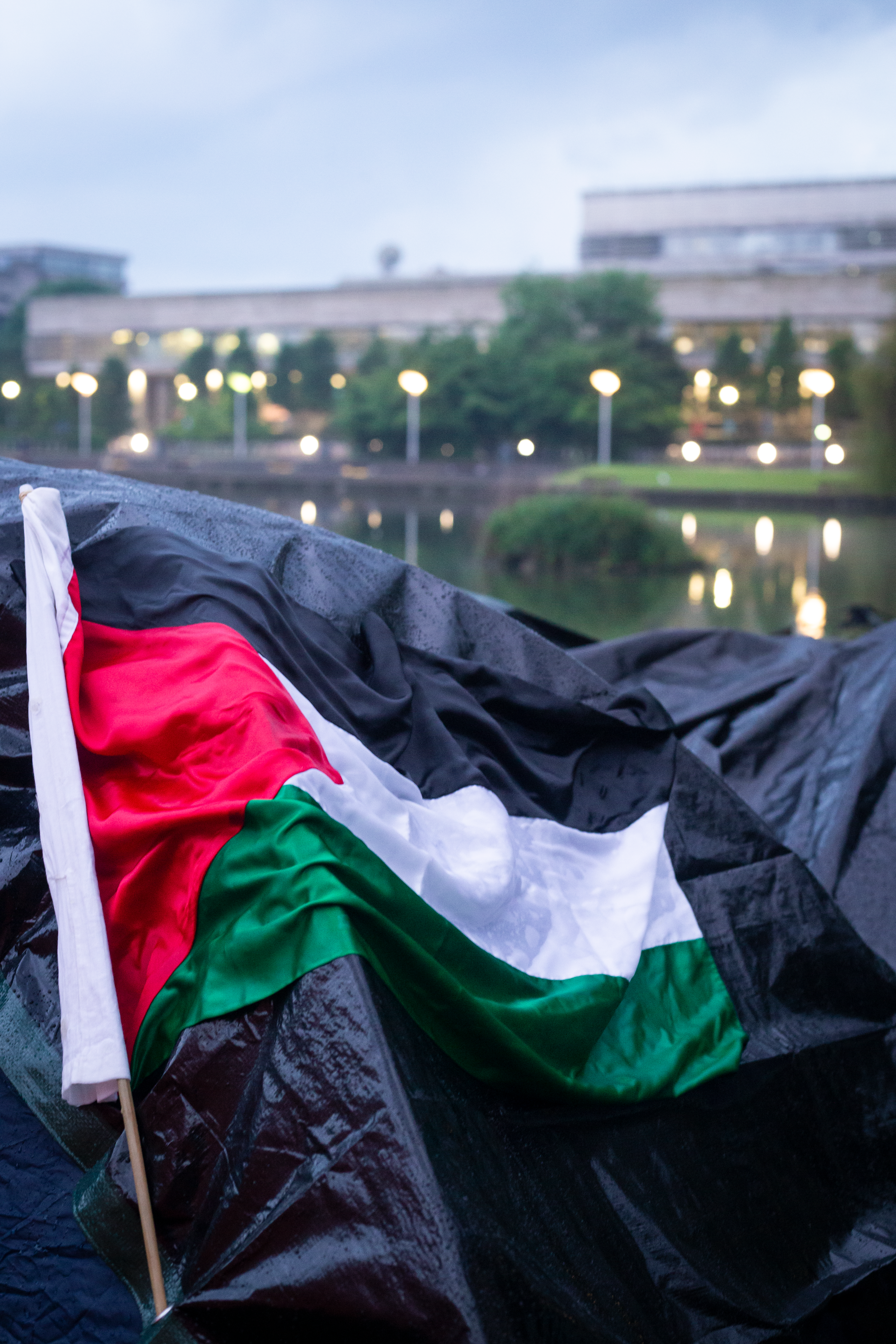The bog is a cornerstone of the Irish landscape; a habitat that can heat homes, hide secrets, and preserve bodies. To Seamus Heaney, it is ‘‘kind, black butter/ melting and opening underfoot”. To Colm Tóibin, it is “a living miracle”. To the Ireland of the past five years, it was a highly contested climate battleground between policy makers, farmers, and scientists. But now, there is a growing movement to look beyond this fear-generating battleground and instead seek a future supporting local farmers and climate positive wetlands solutions. In this rapidly changing discourse, The University Times spoke to two grassroots organisations who are addressing peatlands as a climate solution on two different sides: the agroecological and the sociocultural.
Peatland’s power as a carbon sink is remarkable. Though they cover only 3% of Earth’s land surface, peatlands store almost a third of the world’s carbon. In fact, peatlands are the world’s largest natural carbon store on land and store twice as much carbon as all our forests combined. In Ireland, peatlands hold approximately five times the quantity of carbon stored in all Irish forests.
The unfortunate flipside of peatland’s ability to store massive amounts of carbon is that when burned, drained, extracted, or otherwise degraded, peatlands are a huge source of carbon emissions. As Trinity’s Ussher assistant professor in modern environmental history, Katja Bruisch, explained, “even when the peat is not extracted, these lands emit carbon because they are drained […] Ireland has lots of drained peatlands that are used as grasslands or in a farming context, and they also emit carbon dioxide. So even these nice green pastures are actually a source of soil carbon emissions into the atmosphere.” In total, emissions from drained peatlands, which comprise only about 0.3% of the world’s land mass, have created 5% of global greenhouse gas emissions throughout all of history. One hectare of degraded peatland can emit anywhere from 2 – 40 tonnes of carbon annually. For reference, the average carbon footprint for an Irish person was 2.84 tonnes of carbon/person in 2023.
These carbon emissions stem from centuries of peatland degradation, which are rooted in a historic discourse of “wetlands as wastelands”. Today, just 25% of Irish peatland is considered ecologically healthy. As Bruisch explained, this degradation began “when Ireland was part of the British empire, and the British reimagined Ireland’s peatlands as potential spaces for resource extraction”. Peatland exploitation then continued into the 20th century, both for farmland and fuel, accelerating when semi-state company Bord na Móna introduced industrialised peat extraction to the Midlands in the 20th century. Crucially, Bruisch added, “there is also of course a long history of indigenous or local fuel exploitation for rural communities to extract their own fuel”, but these emissions pale in comparison to industrialised peat extraction and burning.
But this industrialisation is coming to an end: in a major move for the climate, Bord na Mona announced in 2020 that they were phasing out peat harvesting. Today they no longer sell peat briquettes, and have announced that their final 125,000 acres of bogland that provide energy peat will “transition to new uses by 2030”. This end date of their transition marks an important shift for Ireland’s carbon emissions. For local communities, it also threatens instability and financial loss. Bruisch explained, “there are two dimensions to this change and they are intertwined, the social and the ecological. On one hand, it’s a massive loss for communities because investment isn’t there anymore. There’s a loss of employment. At the same time, it is of course good that this peat is not extracted anymore at such a massive scale.”
Changing peatland use on a smaller, local scale has also threatened loss for farmers. In 2015, the Irish government published the first National Peatlands Strategy. Then, in 2019, Ireland declared a climate and biodiversity emergency and published the first of many Peatland and Climate Change Action Plans. After years of incentivising peatland development, farmers were suddenly told to do the opposite. This laid the groundwork for farmers to “have been used as scapegoats in the public, even though they were doing what was expected of them, for years”, noted Bruisch.
Along with this blame, a current of fear sprung up. The media ran rampant with articles about rewetting as “anti-farming” and leading to loss of productive land. This accelerated in 2022 when the EU Nature Restoration Law was first introduced, stipulating that 30% of peatlands under agricultural use have to be restored by 2030. It was passed at long last in June 2024. As Katie Smirnova, public liaison officer for FarmPEAT, explained “in particular, [peatlands] became quite politicised because of the Nature Restoration Law. It stimulated a lot of fear-based discourse in the media. To a large extent, it was driven by what people might have seen from restoration works on cutaway bogs by Bord na Móna, where the water level was raised higher up, but that differs from actions on agricultural peat soils.” Farmers feared that the government would flood their lands to the point of being unworkable.
To complicate matters, in 2023, only 27% of Irish farms were economically viable, down from 43% in 2022. But there are organisations beginning to heal this divide, even as farmers face big hurdles. One of them is FarmPEAT, a three-year European Innovation Partnership pilot project based out of the Midlands that financially rewards local farmers for restoring or conserving the environmental health of their peatland. It’s funded by the Department of Agriculture, Food, and the Marine. Crucially, the scheme is completely voluntary, because as Smirnova explained, “autonomy over your own land is very important”. Each farm has a tailored management plan, but across their eight bog sites and 53 farmers, actions have included raising the water table (to within 30cm of the surface), fencing watercourses, and invasive species management.
Another part in dispelling what Smirnova calls “the fear-based discourse” around rewetting peatlands, is communicating that agricultural peat soils can still be productive during restoration. Smirnova explained, “there’s a big fear around the word rewetting as a result of the perception that it’s flooding the land and that the land won’t be farmable anymore, or you won’t be able to have livestock on it”. Instead, FarmPEAT’s idea is that “land can still be grazed, and it can still be used, and that it’s not completely taken out of production”. Smirnova noted that on the land where they placed the first dams in Co Roscommon in 2023 and raised the water table, the farmer has not fundamentally changed his land-use practices, even as those peatlands have begun to be restored.
In its three and a half year existence, FarmPEAT has shown farmers that rewetting their peat soils doesn’t have to damage their livelihoods. Smirnova explained, on more marginal parts of their land “farmers stand to gain from not having to invest so much money into improving and draining that land and instead just leaving it as it is, or raising the water table on it, and then getting additional payments for their contributions to climate and biodiversity.”
FarmPEAT ends in December 2024, but their work has really just begun. Smirnova said it will be carried out on a greater scale in the Midlands Carbon Catchment Study, which is still under development by the Department of Agriculture, Food, and the Marine. In terms of reaching the goal set by the EU Nature Restoration Law – 30% by 2030 – she explained that Bord na Móna’s and National Parks and Wildlife’s work will bring Ireland close to the target. Then, the difference can be made up by voluntary agri-environmental schemes. “The pressure isn’t all on farmers”, Smirnova said.
Moreover, there’s “a lot of environmental synergy” with peatland restoration, according to Smirnova. Beyond just limiting carbon emissions, rewetting peatland improves biodiversity and wetlands habitats, and prevents peat soil wastage. In Ireland, that biodiversity includes frogs, wading birds, grouse, snipes, sphagnum mosses, and even the alluringly named green hairstreak butterfly.
At the end of the day, FarmPEAT is one part of “shifting away from extractive land use”, said Smirnova. Just as important, though more abstract, is returning to the embedded “wetlands as wastelands” discourse and changing cultural conceptions of wetlands. To understand what that takes, The University Times spoke with two members of RE-PEAT, a Netherlands-based youth organisation that works across the EU on creative advocacy for peatlands.
For almost five years now, RE-PEAT has been doing what Peatlands Justice Co-Coordinator Ireen van Dolderen termed “narrative shifting work around peatland”. That includes education, both “in schools as well as non-formal education through webinars, workshops, community building, storytelling, and creative communication”, van Dolderen explained. Their past work ranges across the EU, from interactive art exhibits at the Irish Museum of Modern Art’s Earth Rising festival celebrating the playfulness of the “Moss Pit”, to grief workshops in the Netherlands exploring peatland at the boundary of life and death. If this sounds niche, creative, and even kooky, then that’s precisely what van Dolderen thinks people need. “People are so loaded with numbers and morals and obligations. I think it’s important to reach people with emotions, at their heart, and find the connection there. Arts and storytelling play such a vital role in reaching people in their heart!”
RE-PEAT does more traditional educational work as well. In their Bog Academy, they organise activities and field trips in Irish primary schools to make learning about peatlands “fun and memorable”. In its third year now, the program has expanded from one pilot primary school to seven schools and over 300 students in 2023. In Co Laois, RE-PEAT has partnered with Abbeyleix Library to celebrate local residents’ stories around peatlands. It explores “the intersection of knowledge and storytelling and cultural heritage with peatlands”, said van Dolderen.
It is precisely this intersection that Trinity alum and RE-PEAT team member Cisca Devereux reiterated: the undeniable, underrated, and crucial historical and cultural importance of peatlands. Even as a Dubliner, she described visiting the bog bodies in the National Museum as a child. “Once you begin to notice it, you realise how much bogs are a part of our education and heritage […] so much of our history is with the bogs, but also preserved by the bogs.” Of course, for country-dwelling Irish people, turf cutting was “a huge part of childhood as well. There’s a deep legacy there”, noted Devereux. But the tie between people and peat expands beyond cultural significance too: for the newly minted Irish free state, peatland was political. Devereux explained, “it was really part of the way that we had independence. We had energy generation, we had profit, especially in a time where Ireland needed a lot of development”.
To do a complete 180 from viewing peatland solely as fuel requires both financial, agroecological schemes and art-based community work in equal measure. But it doesn’t mean only looking forward: the future of peat is equally based in its past, in its long history, folklore, and tradition. It’s based in the Tollund Man, the will-o’-the-wisp, and in individual experiences across Ireland.
To take all of these moving parts into consideration – frustrated farmers, climate urgency, and a deep-rooted cultural history – is daunting. But in order to rapidly reduce emissions and meet climate targets, work must be done. There are a number of organisations willing to take on the challenge, working, often together, across these two halves of peatland’s future:
Wild Atlantic Nature LIFE is an agro-environmental and conservation scheme that works with farmers and communities on 35 blanket bog sites across the west of Ireland.
WaterLANDS is a UCD-led project that will use €23.6 million in funding to restore wetland sites across Europe.
Care-Peat and University of Galway are working together to restore bogs.
The Polish organisation Zakole tells the stories of wetlands.
Waters of Life restores wetlands in six catchments across Ireland.
These are just a few grassroots organisations, doing local work on a smaller scale. As Bruisch explained, Ireland’s real advantage is that “the land that Bord na Mona has is public. Not all the land that has been drained is privately owned and that’s an advantage for Ireland because they could start relatively quickly with these lands and do some climate action there.” Although complex, peatlands present an opportunity for Ireland to become a leader in the EU in terms of carbon reduction and habitat restoration, simultaneously.
As students, aiding in this fight can seem overwhelming. But the basic tenets of reconsidering our connection to the natural world are easy to accomplish. “Just going out and starting to know the land where you are is such a radical act already”, declared van Dolderen. Smirnova added, if people “know the value of what they have, they’ll feel intrinsically compelled to protect it”.
In any climate solution, change is never as fast as we want it to be. For young people, “it’s very existential working with this stuff,” explained van Dolderen, “I think the only way to engage with it in a sustainable way is by keeping some of that lightness, some of that playfulness, that sort of radical imagination and appreciation alive in everything that we do”.
When all else fails, listen to the bog. As Devereux explained, “the word bog is an Irish word. It means soft, or gentle, or kind of squishy. There’s even an Irish saying ‘tóg go bog é’ which means, ‘take it easy’. Like this softness, squishy under your feet.” In other words, take it with the bog.
